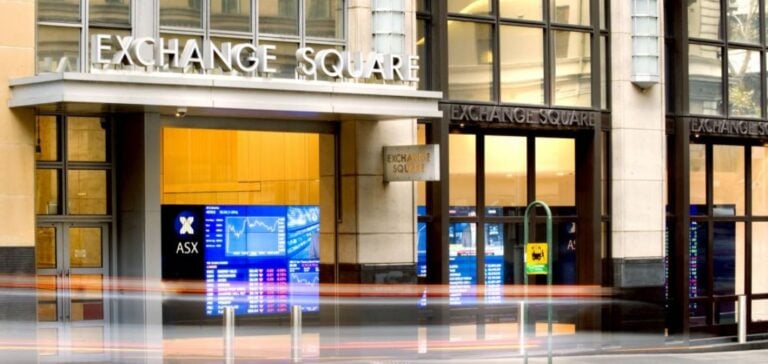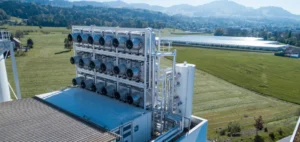The Australian Securities Exchange (ASX) plans to launch futures contracts for Australian Carbon Credit Units (ACCUs), New Zealand Units (NZUs) and Large Generation Certificates by July 29, subject to regulatory approvals. This initiative aims to improve market access for new participants, attract more capital and provide hedging opportunities for compliance entities. At present, ACCUs and NZUs are traded mainly on the spot market, via brokers or direct agreements between project developers and buyers. According to Luke Donovan, Partner at Apostle Funds Management’s Global Carbon, trading ACCUs on the spot market requires physical delivery of the credits, which in turn implies the creation of a registry account, a complex process requiring the integration of several counterparties and involving potential credit risks. The listing of futures contracts will create greater participation for peripheral parties and traders who traditionally could not access these markets. COP 28 marked a historic turning point, establishing a new framework and opening up new opportunities for the global carbon market.
Liquidity generation and stakeholder participation
The success of futures will depend on the ASX’s ability to generate liquidity by attracting significant volumes, according to market participants. Daniel Sinclair, head of commodities at ASX, said there was strong interest in the new products from existing energy customers as well as a wide range of new customers, such as project developers, safeguard entities, funds and banks. ASX has also initiated discussions with clearing participants and market makers to help boost trading volumes. ASX has seven clearing participants supporting the product, the majority of which are major international financial institutions. A market maker may be required to offer and bid 20,000 tonnes each, and to remain active for at least half the day, in exchange for an exchange fee waiver of 5 Australian cents per transaction.
Marginal Cost and Negotiation Choices
Some safeguard entities may choose to trade on the OTC market to avoid trading costs on the exchange. A participant will probably have to pay 5 cents to a clearing partner and another 5 cents to the exchange for each credit traded, whereas a standard OTC broker only charges 5 cents, with no additional fees for direct transactions. However, for backup entities, ACCUs may be perceived as a liability they would like to cover using forward contracts, enabling them to concentrate on their core business. The decision to trade ACCU futures will depend on the level of sophistication of the backup entity. A plant such as a coal-fired power station might prefer to manage its coal and ACCU derivative risks through a bank or trader. On the other hand, a company with no global portfolio or trading expertise would find it more convenient to buy on the spot market.
Link with the OTC Market
Market sources expect the futures contract to deliver mainly the cheapest ACCUs, such as avoidance-based generic ACCUs and those regenerated by human intervention. Generic ACCUs and those regenerated by human intervention account for the majority of volumes traded on the spot market. More expensive methods, such as native savannah fire management and environmental plantations, are less common. Daniel Sinclair said that the majority of buyers opting for physical delivery would be compliance entities, and that they could be indifferent to the project method, as all ACCUs are eligible for government bidding. However, buyers wishing to submit a particular project method could hedge their price risk with the futures contract, while retaining the option of closing their position and purchasing the preferred method directly on the OTC market. The key to a successful futures contract will lie in the continued growth and robustness of the spot market.






















